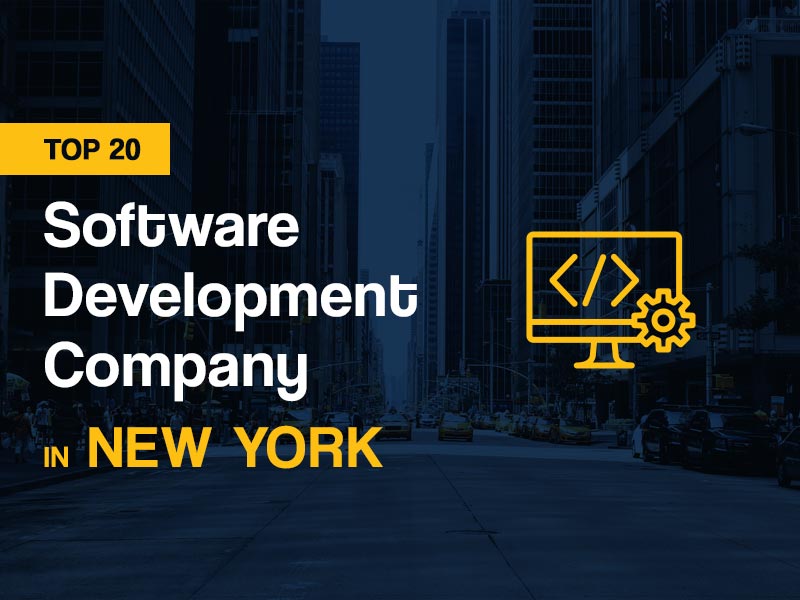Navigating the realm of software development involves complex decisions, including whether to outsource your project and which outsourcing model to choose. Enter Artelogic, your go-to for understanding nearshore software development — a strategy increasingly becoming a game-changer for businesses.
What does “nearshore” mean? Simply put, this involves contracting your software development needs to a team situated in countries sharing your time zone or close to it. If you’re a U.S. enterprise, think Mexico or Costa Rica. For Western European firms, Eastern Europe, including countries like Poland or Ukraine, is an optimal choice.
Why Consider Nearshoring with Artelogic?
Let’s delve into scenarios where nearshoring proves highly beneficial:
- 1. B2B or B2C SaaS solutions demanding real-time cooperation.
- 2. Projects needing an Agile framework.
- 3. Revamping intricate legacy software.
- 4. Custom software development of any sort.
How Artelogic Makes Nearshore Software Development Seamless
Artelogic eliminates the arduous process of hiring skilled technicians for you. What can you expect when you partner with them?
- Clear communication channels.
- Effective workflows.
- Regulatory compliance assurance.
- Bridging the cultural divide between you and the outsourced team.
Artelogic offers three typical nearshoring models
1. Integrated Teams: This model rapidly fills your technical talent gaps, integrating specialized developers into your existing teams for a designated period.
2. Dedicated Teams: Here, Artelogic https://artelogic.net/ constructs a team singularly committed to your project, tailored for Agile methodologies.
3. End-to-End Project Outsourcing: This model suits companies lacking in-house development capabilities, handling the project from conception to ongoing maintenance.
Artelogic’s Take on Nearshore vs. Onshore vs. Offshore Development
- Onshore: Most expensive and ideal for projects demanding frequent in-person meetings or those involving sensitive data.
- Offshore: Cost-effective but less collaborative, suited for repetitive tasks or projects not demanding real-time collaboration.
- Nearshore (Artelogic’s Specialty): A balanced blend—cost-effective, same or similar time zone, and cultural affinity. This reduces the risks related to compliance, language barriers, and communication hiccups.
Why Artelogic Advocates for Nearshore Software Development: The Advantages
- 1. Geographic Closeness: Nearshore teams are geographically closer, making in-person meetings more feasible.
- 2. Time Zone Synchronization: Real-time collaboration is easier when working hours overlap.
- 3. Language and Collaboration: Language barriers are minimal, making articulation and collaboration efficient.
- 4. Cost-Efficiency: Compared to onshore models, nearshoring is more cost-effective without compromising quality.
- 5. Access to Talent: Nearshore destinations like Latin America have burgeoning tech talent pools, thanks to collaborations between academia and industry.
- 6. Cultural Affinity: Shared cultural nuances minimize misunderstandings and foster team cohesion.
- 7. Scalability: Nearshore teams can adapt quickly, making it easier to scale operations up or down as needed.
Also read: Offshore Software Development – Information Guide You Should Know
In sum, Artelogic endorses nearshore software development as a highly effective, flexible, and scalable solution for modern businesses. It marries cost-efficiency with the convenience of time zone and cultural similarity, making it a compelling choice for projects requiring a balanced approach.







